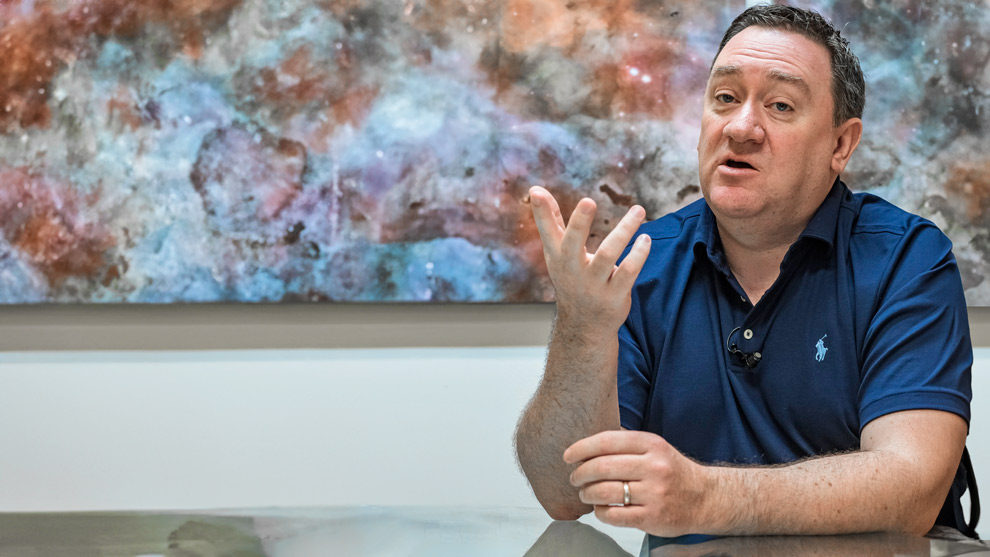Laurent Loinard, researcher at the Institute of Radio Astronomy and Astrophysics (IRyA) at UNAM, Campus Morelia, will be “Robert F. Kennedy” Visiting Professor at the David Rockefeller Center for Latin American Studies at Harvard University, United States, starting in Fall 2024.
“It is a great honor to be invited as a professor at Harvard University and to teach astrophysics to students at this institution,” said Dr. Laurent Loinard. “This visiting professor position will allow me to work very closely with very prominent colleagues in the Event Horizon Telescope (EHT) collaboration at the ‘Black Hole Initiative’, an interdisciplinary center at Harvard University.”
The “Robert F. Kennedy” Visiting Professorship was created in 1986 and is awarded to academics in Latin America. Although it is open to all areas of knowledge, historically it has nominated more researchers from the areas of social and human sciences. Also, only two or three people from the entire continent are invited to this position each year, on average, which highlights the importance of Laurent Loinard's appointment.
Gaceta UNAM recently interviewed Laurent Loinard about this important occasion. The interview can be found here (in Spanish): https://www.gaceta.unam.mx/laurent-loinard-obtiene-catedra-de-la-universidad-de-harvard/
Dr. Laurent Loinard career
Dr. Laurent Loinard obtained his bachelor’s degree in physics at the University Joseph Fourier in Grenoble, France and received his PhD from the same institution working as a predoctoral fellow at the Harvard-Smithsonian Center for Astrophysics and the Space Telescope Science Institute (STScI). He has been a researcher at the National Autonomous University of Mexico since 2000.
Dr. Loinard is known for his use of radio interferometry techniques to measure ultra-precise distances to young stars in star-forming regions. He also carries out research on the formation and early stages of stars, the chemistry of the interstellar medium and the environment of supermassive black holes. He is a member of the Event Horizon Telescope Consortium, which published the first images of the black hole at the center of the giant elliptical galaxy M87.
He was awarded the Reconocimiento Distinción Universitaria Nacional para Jóvenes Académicos by the UNAM, a Guggenheim fellowship, and a Friedrich Wilhelm Bessel Research Award from the Alexander von Humboldt Foundation. As a member of the EHT Consortium he shared the Bruno Rossi prize from the North American Astronomical Society, the Albert Einstein medal, and the Breakthrough Prize 2020. He received the Michoacán State Science Award 2023 and the 2023 Scientific Research Award from the Mexican Society of Physics.
About IRyA, UNAM
The Instituto de Radioastronomía y Astrofísica (IRyA), or Institute for Radioastronomy and Astrophysics is an academic unit at UNAM, Campus Morelia, Mexico. We perform high-level and high-impact research in the areas of interstellar medium, star formation, evolved stars, high energy astrophysics, Galactic dynamics and structure, extragalactic astronomy and cosmology. We contribute to the education of high-level human resources through a postgraduate program, and we have close contact with society through diverse outreach programs.
If you are interested in our Institute, visit the English version of our webpage, www.irya.unam.mx/web/en
Media contact:
Dr. René A. Ortega Minakata
Outreach and Science Communication
IRyA UNAM Campus Morelia
Text: IRyA UNAM
Photo: Gaceta UNAM archive





